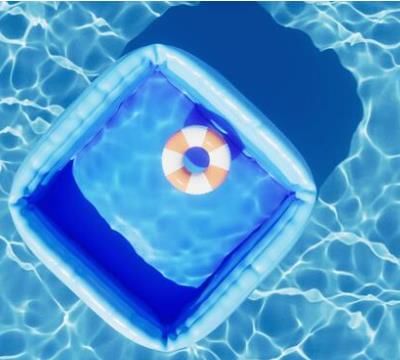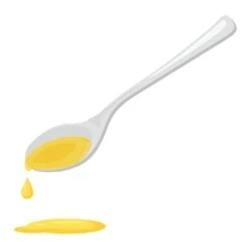Class 3 Exam > Class 3 Tests > Online MCQ Tests for Class 3 > Test: Filling and Lifting - 2 - Class 3 MCQ
Test: Filling and Lifting - 2 - Class 3 MCQ
Test Description
10 Questions MCQ Test Online MCQ Tests for Class 3 - Test: Filling and Lifting - 2
Test: Filling and Lifting - 2 for Class 3 2025 is part of Online MCQ Tests for Class 3 preparation. The Test: Filling and Lifting - 2 questions and answers have been
prepared according to the Class 3 exam syllabus.The Test: Filling and Lifting - 2 MCQs are made for Class 3 2025 Exam. Find important
definitions, questions, notes, meanings, examples, exercises, MCQs and online tests for Test: Filling and Lifting - 2 below.
Solutions of Test: Filling and Lifting - 2 questions in English are available as part of our Online MCQ Tests for Class 3 for Class 3 & Test: Filling and Lifting - 2 solutions in
Hindi for Online MCQ Tests for Class 3 course. Download more important topics, notes, lectures and mock
test series for Class 3 Exam by signing up for free. Attempt Test: Filling and Lifting - 2 | 10 questions in 15 minutes | Mock test for Class 3 preparation | Free important questions MCQ to study Online MCQ Tests for Class 3 for Class 3 Exam | Download free PDF with solutions
Detailed Solution for Test: Filling and Lifting - 2 - Question 1
Test: Filling and Lifting - 2 - Question 2
Which of the following items would be best measured in kilograms?
Detailed Solution for Test: Filling and Lifting - 2 - Question 2
| 1 Crore+ students have signed up on EduRev. Have you? Download the App |
Test: Filling and Lifting - 2 - Question 3
If a bottle holds 2 liters of water, how many milliliters is that?
Detailed Solution for Test: Filling and Lifting - 2 - Question 3
Test: Filling and Lifting - 2 - Question 4
Which statement is true about the comparison of 500 mL and 1 liter?
Detailed Solution for Test: Filling and Lifting - 2 - Question 4
Test: Filling and Lifting - 2 - Question 5
If a jug holds 3 liters of water, how many milliliters does it hold?
Detailed Solution for Test: Filling and Lifting - 2 - Question 5
Test: Filling and Lifting - 2 - Question 6
Which container would likely hold the least amount of liquid?
Detailed Solution for Test: Filling and Lifting - 2 - Question 6
Test: Filling and Lifting - 2 - Question 7
What does "capacity" refer to in terms of measuring liquids?
Detailed Solution for Test: Filling and Lifting - 2 - Question 7
Test: Filling and Lifting - 2 - Question 8
What is the best unit to use for measuring the water in a swimming pool?

Detailed Solution for Test: Filling and Lifting - 2 - Question 8
Test: Filling and Lifting - 2 - Question 9
If a container holds less than 1 liter, how would it most likely be labeled?
Detailed Solution for Test: Filling and Lifting - 2 - Question 9
Test: Filling and Lifting - 2 - Question 10
Which of the following is true about 1 liter of water?
Detailed Solution for Test: Filling and Lifting - 2 - Question 10
|
246 tests
|
Information about Test: Filling and Lifting - 2 Page
In this test you can find the Exam questions for Test: Filling and Lifting - 2 solved & explained in the simplest way possible.
Besides giving Questions and answers for Test: Filling and Lifting - 2, EduRev gives you an ample number of Online tests for practice


















